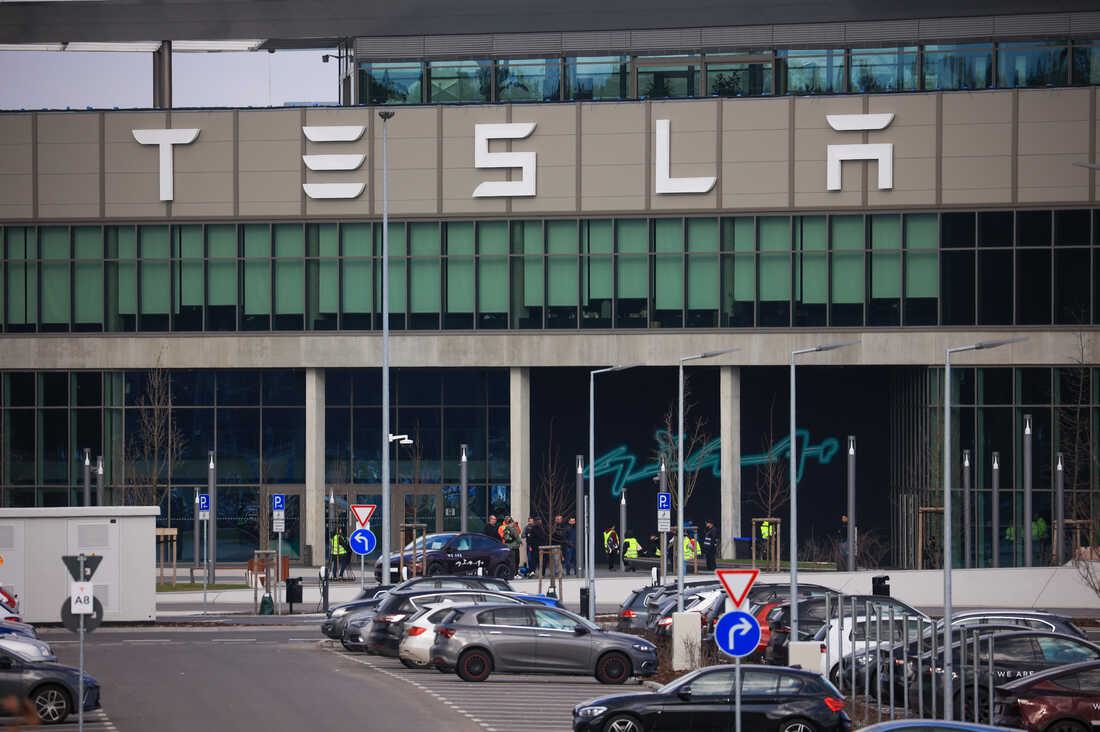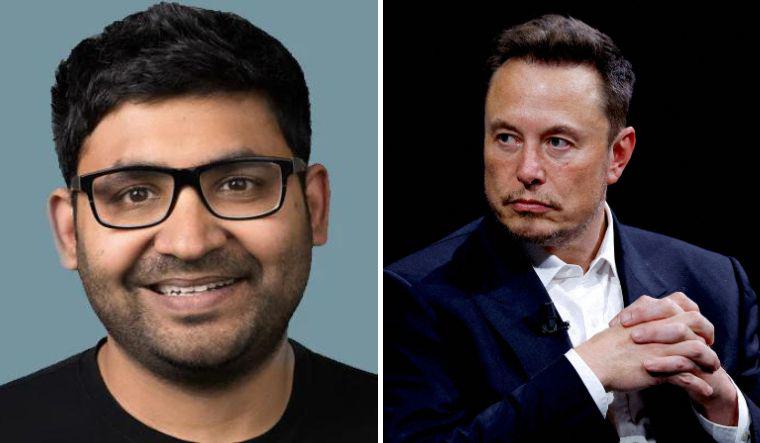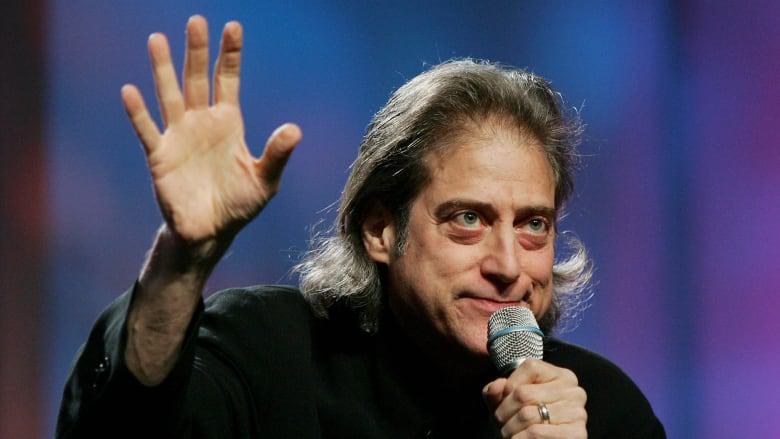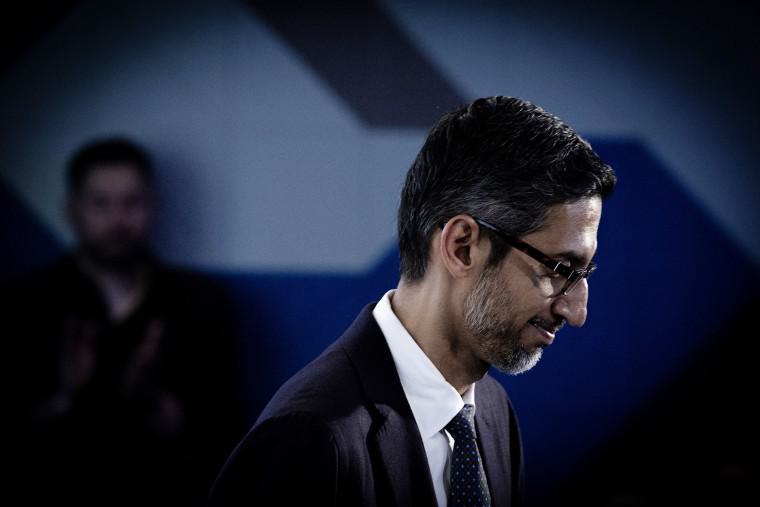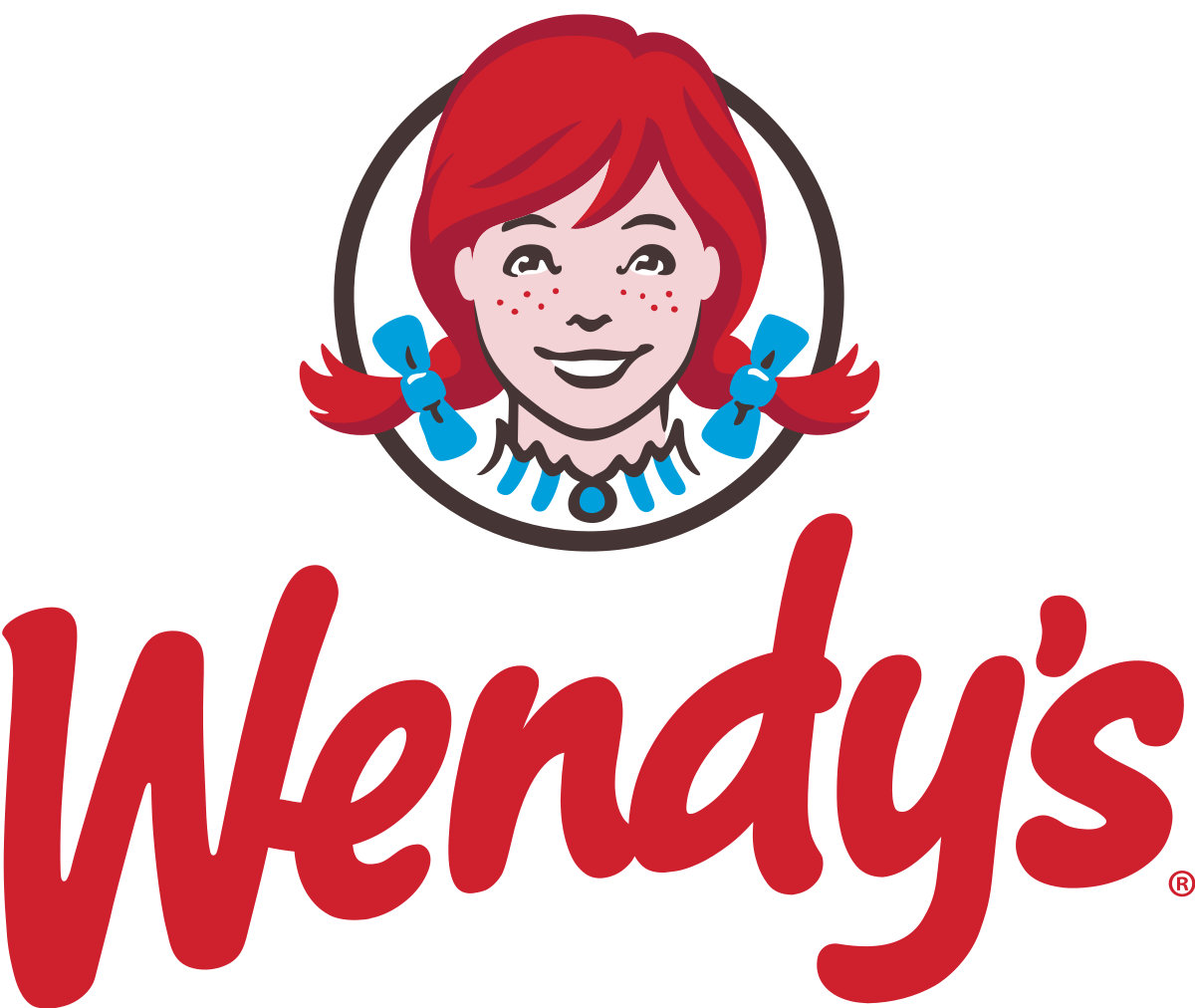TikTok, the social app with a mission. - Dispatch Weekly
February 22, 2019 - Reading time: 6 minutes

Every few years or so, we have a new Social Media platform, swoop in and create a frenzy. 2018 was one of those years, the Social App in question? TikTok. Originally launched in September 2016, as Douyin in China, a year later it was introduced overseas as ‘TikTok’. This Short-Video platform app is available in over 150 markets around the world, in 75 different languages and by July 2018 had over 500 million users. TikTok has gained major popularity, becoming the most downloaded app in the U.S. in October 2018, but what is driving this growth?
Who is behind TikTok?
TikTok’s parent company ByteDance, a leading Al-powered content platform, is clearly aiming for global domination. In November 2017 ByteDance announced that TikTok and one of its major competitors, musical.ly, had merged to create an all-powerful conglomerate of meme apps.

What is TikTok?
The TikTok social platform gives users the ability to create short-form mobile videos, encouraging users to share their passion and creativity through video. Many have compared the app to Vine due to its similar features, Vine was US-based short-form video app that was bought by Twitter in October 2012 prior to its official launch. However, due to the growing competition Vine faced from other apps including Instagram and Snapchat, Twitter announced the end of Vine as a standalone service in 2017.
Is it a short-lived craze or a global force?
One reason why TikTok may be more of a permanent fixture within our Internet world is due to the timing. Tiktok appears to have come along at the right time when video has now become a conventional form of mobile communication, and the younger generations have definitely been drawn in by the entrance of TikTok’s short-form videos.
Another reason it could be here to stay is due to its popularity. TikTok now has over 500 million users, which is more than double that of Vine at its peak. Although the app is only now entering headlines in the West, its remarkable growth is coming on top of what looks like a solid foundation.
Also according to reports, TikTok’s parent company ByteDance is the most highly-valued tech startup in the world, having raised $3bn in funding and is now valued it at $75bn. This makes the likely-hood of Tiktok suffering a similar fate to vine unlikely, however still possible.
Is it used for advertising?
TikTok also has the potential to be used by brands and although it doesn’t yet have the standard ad offering we get with platforms like Instagram and Snapchat, it is slowing moving towards monetization. In early September 2018, it partnered with fashion brand Guess to run the #InMyDenim challenge/trend that users of the app promoted. It’s natural to assume TikTik will build similar relationships with other major brands.
In December 2018, TikTok users came together for all things positive, and joined TikTok’s HQ with their charity program, #CreateForACause, donating over $2 million to three charities: DoSomething.org, Best Friends Animal Society and Oceana. This campaign saw celebrities such as Khloe Kardashian, Nick Jonas, Nina Dobrev use their profiles to raise awareness via TikTok.
Has it received any criticism?
However, TikTok has also received its fair share of criticism. People have called the ‘lip-syncing’ videos ‘cringey’. That may just be because the people talking about TikTok, are older than the people using it. While other social media platforms are battling the rise of disturbing, hateful, exploitive and dangerous content to their platforms, TikTok still offers a simply goofy, and probably much-needed reset. Some of the most popular TikTok memes, including videos of children broadcasting what great mum’s they have, reminding people to pick up litter and conserve water. Some users spend hours learning new dance crazes to post or showcase their talents from painting to gymnastics or skateboarding. One trend that went around TikTok was users shouting ‘hit or miss!’ in public places and they wait to see who answers. Yes, at times it can be a little ‘cringey’, but the videos can also be clever. But one thing that is undeniable the videos are defiantly addictive. Here is a completion of a trending series called “Drop. Dead. Gorgeous.”
Another criticism of Tiktok is the worrisome reports of the apps “dark” side, which allegedly is filled with child predators and teens bullying and harassing one another. Indonesia even went as far as, blocking the app amid the public concern of illegal content such as pornography and blasphemy on the 3rd of July 2018. The app was unblocked a week later after making a number of changes including removing negative content, opening a government liaison office and implanting more complex security mechanisms. However, it is not clear that TikTok’s affliction with these matters is any worse than other social apps of its size. Concerned parents – or the users themselves – can set a TikTok account to private, turn off comments, hide the account from search, disable downloads, disallow reactions etc.
Nonetheless, TikTok is overcoming its controversy and it is evident that TikTok’s mission is to become one of the social media megastars, aiming to do this with hashtags, partnerships and celebrities. Only time will tell if TikTok can become one of the big players on the social media scene or if it’s just another frenzy.

DW Staff
David Lintott is the Editor-in-Chief, leading our team of talented freelance journalists. He specializes in covering culture, sport, and society. Originally from the decaying seaside town of Eastbourne, he attributes his insightful world-weariness to his roots in this unique setting.
